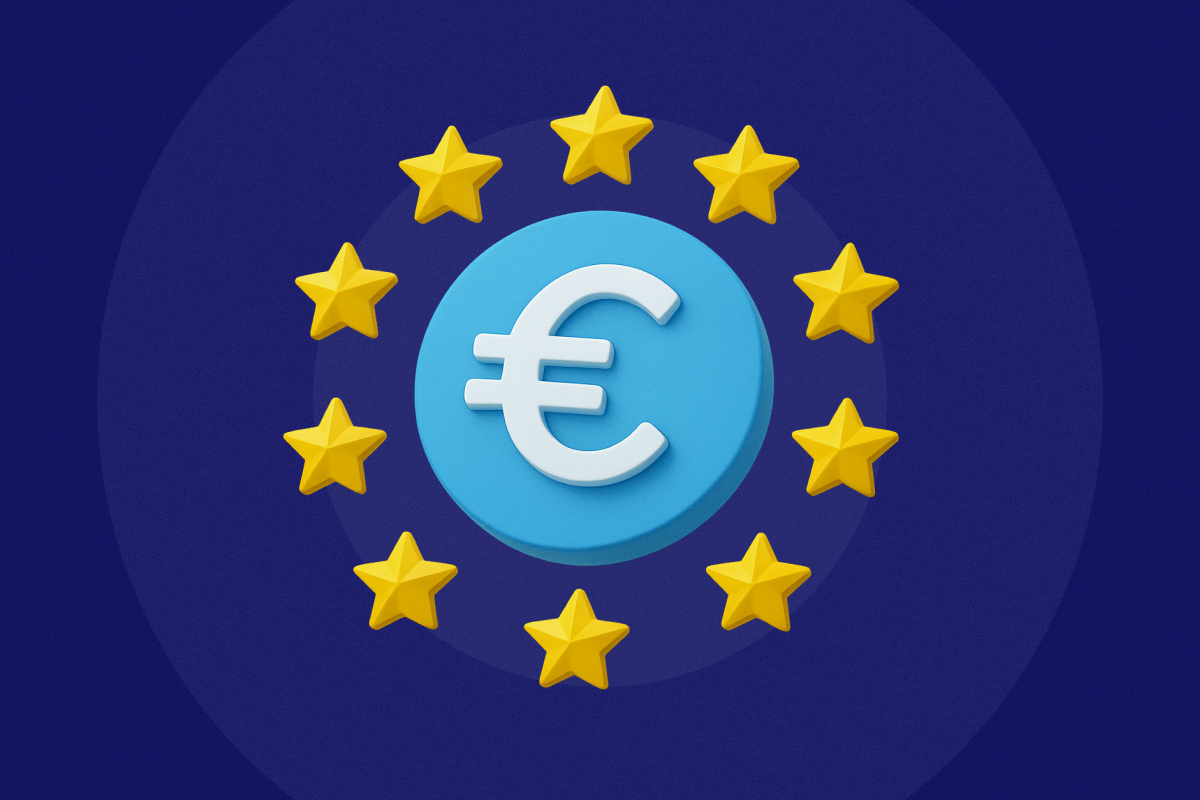
MiCA Explained: How to Choose a Compliant Euro Stablecoin in Europe
MiCA (Markets in Crypto-Assets Regulation) reshapes how euro stablecoins operate in Europe. Only tokens issued by licensed EMIs, like Monerium EURe, can represent euros onchain legally. This article explains how MiCA works, what makes a stablecoin compliant, and how to evaluate providers for your wallet, DeFi platform, or business.
Why It Matters
For years, Europe’s stablecoin landscape was fragmented: a mix of unregulated crypto-backed tokens and offshore issuers. MiCA changes that by creating the first comprehensive legal framework for euro-denominated digital money.
From June 2025, only EMI-issued e-money tokens can operate within the EU. That means if you’re holding, integrating, or issuing euro-linked tokens, compliance is mandatory.
Choosing the right provider now ensures continuity, liquidity, and trust once enforcement begins.
What MiCA Covers and Why It’s Different
MiCA distinguishes between types of stable assets:
| Token Type | Description | MiCA Status |
|---|---|---|
| E-money Tokens (EMTs) | Fiat-backed tokens issued by licensed EMIs and redeemable for the underlying currency. | ✅ Fully regulated and legal. |
| Asset-Referenced Tokens (ARTs) | Tokens backed by mixed assets or commodities. | ⚠️ Heavily restricted for use as payment. |
| Algorithmic/Crypto-backed Stablecoins | Tokens relying on collateral or algorithms. | ❌ Not allowed for fiat payment use. |
This classification closes the regulatory gap and brings digital euros under the same standards as electronic money in banks and fintechs.
How to Evaluate a Euro Stablecoin Provider
Here’s what to check before integrating any euro token:
- Regulatory license: The issuer must be an authorized Electronic Money Institution in the EEA.
- Safeguarded reserves: All customer funds must be held in segregated EU bank accounts.
- Transparency: Regular public attestations or audits confirming 1:1 backing.
- Redemption rights: Users must be able to redeem tokens for fiat at face value, anytime.
- Operational scope: Cross-chain support and APIs for integration.
Providers meeting these criteria can issue euro tokens that behave like fiat.
Why EURe Meets Every MiCA Requirement
Monerium EURe meets MiCA’s legal and technical standards today.
- Licensed Electronic Money Institution (EMI) authorized in the EEA.
- Fully backed 1:1 by safeguarded fiat in EU banks.
- Redeemable for euros at any time.
- Live on six chains: Ethereum, Arbitrum, Gnosis, Polygon, Linea, Noble, with more to come.
- Trusted by partners: MetaMask, Gnosis Pay, Aave, CowSwap, Balancer.
That makes EURe a future-proof choice for wallets, fintechs, and DeFi platforms needing instant euro liquidity that is MiCA compliant.
What Happens to Non-Compliant Tokens
MiCA enforcement is already , non-EMI euro tokens face:
- Delisting from EU exchanges and dApps.
- Restricted access to payment and settlement systems.
- Potential liability for businesses integrating unlicensed assets.
If your app or treasury depends on such tokens, now is the time to switch to a compliant provider.
Conclusion
MiCA establishes trust, stability, and legal clarity for digital euros in Europe. For fintechs, wallets, and DeFi builders, the message is simple: choose a licensed EMI-issued e-money token like EURe to stay compliant and future-ready.
How to choose a MiCA-compliant euro stablecoin
- Developers can follow the Getting started guide to test the API for free and get technical support in the Monerium Discord channel.
- Businesses and individuals can go to monerium.app and send euros across banks and blockchains with EURe and their personal Monerium IBAN.